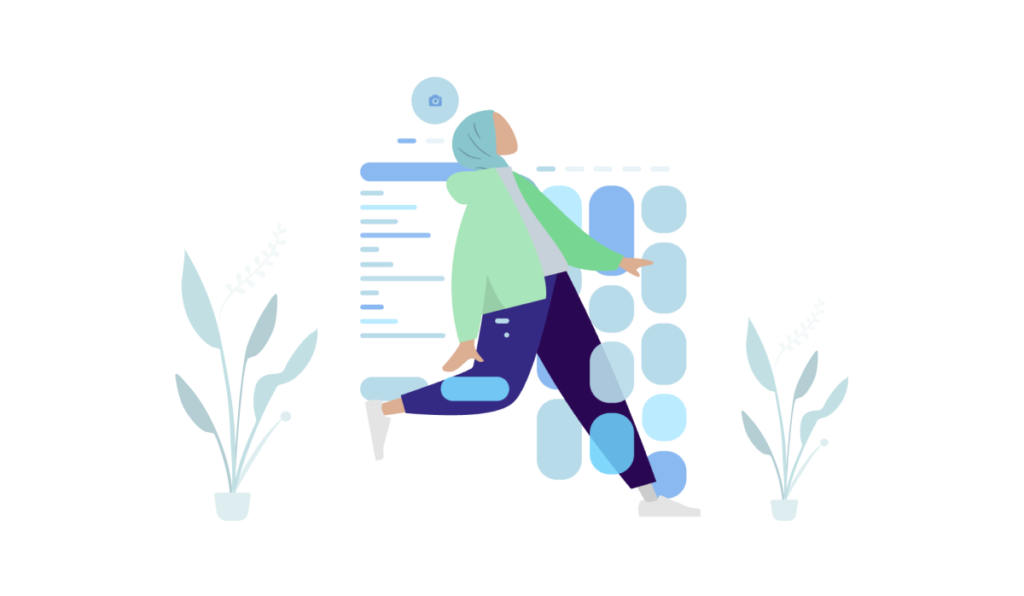100 Spotlights: Turbo’d Design Critiques
“Our driving philosophy is the belief that critiques should be motivating, not intimidating. Helpful, not discouraging.”
Design Critiques at Figma
Introduction
As Lead Product Designer for a fast-scaling enterprise, my days in the office often looked like this: 9.30am stand-up, back-to-back meetings, lunch, back-to-back meetings. I’d fit my design work into non-office days, ‘focus time’ I’d call it, sometimes blocking out my calendar so I could get into the zone.
It was during this chaos that I identified a crucial need for design team cohesion. We were a team of varying experience, from lead to junior to our brilliant UXR, all dedicated, all brilliant and all assigned to different product squads. And precious in-person Product Design team sessions were like gold dust slipping through my fingers.
This is a republication of my Medium post ‘Design Critiques but Make it Turbo‘
Thursdays as a Design Lead
Thursdays became our design team day; mornings were kicked off with ‘UX Coffee Morning’, built from the realisation that ICs seldom have the opportunity to read and upskill, or even just keep their finger on the pulse. What if we made this a regular pattern? What if individual knowledge building, which fuels individual growth, then fortifies our existing team to scale as the organisation grows? These hour-long quiet sessions would consist of 40 minutes knowledge dive, and a 20 minute roundtable which is enough time for each person to share their key takeaways and the team to discuss points of interest.
And shortly after this session, we’d have Spotlight.
Enter Spotlight
Traditionally, design feedback sessions are long and require a fair amount of planning (and managing about 200 virtual sticky notes). Given the pace of my office days, I felt something had to give.. How would I fit feedback for 4 designers from 5 participants into an hour long session?
I spent an evening researching and planning, and eventually Spotlight was born. Inspired partly by Figma’s approach to design critiques, I knew several criteria were of key importance: how sustainable the format was, how manageable it was and how implementable feedback was.
As a lead, I felt shorter sessions of quick feedback loops would work better, at least from the standpoint of being able to host weekly sessions without prep during busy periods. I also knew long sessions are often daunting for designers, so this format counters this fear and without asking for extra work from designers.
Who?
Who you invite into the Spotlight room is central to the tone of the session; Spotlight should be energising, a quick burst of feedback between design and UX professionals away from the wider view of management or engineers. A safe space, one often filled with camaraderie and rich exchanges from places of knowledge and passion.
How?
Spotlight is made up of segments, a segment per designer or UXR which:
- Starts with 4 minutes of the designer presenting their WIP or concept
- 2 minutes ‘silent space’ for the room to feedback on our Spotlight Figjam board — kudos, critiques and questions
- 1 minute round-the-room per person to elaborate on their feedback
- 3 minutes for the designer to respond to feedback and close off their segment
The tone for Spotlight is generally casual, and feedback or interactions aren’t necessarily restricted to design (can touch on concepts, research, user concerns etc.) but focus is reserved specifically for the designer’s work in each segment. Time constraints help ensure the session isn’t derailed, which can happen with passionate ICs in the room. Spotlight is not a deep-dive, but Spotlight can facilitate longer discussions to take ‘off-air’ for separate sessions.
After the session, the Figjam board would serve as a key resource for designers to look back at feedback and reflect. Over the months, Spotlight had been pivotal in supporting designers and shaping solutions early on, redirecting user journeys or just enabling designers to compare notes on ongoing projects.
“An organised design critique should be a central part of your collaborative process.”
– Invision’s ‘Making Design Critiques Count’
Why Spotlight?
- Rapid feedback: Spotlight empowers designers with the opportunity to present their work at various stages, allowing early feedback from peers to highlight potential issues or oversights before they become entrenched.
- Amplify designer voice: the Spotlight safe space encourages designers to speak about their work, concisely and often, a common challenge amongst ICs.
- Knowledge sharing & cross-pollination: by exposing the team to cross-org projects and design challenges, Spotlight facilitates knowledge sharing across the team and the cross-pollination of experience and ideas, broadening an individual’s design perspective and exposure.
- Design reflection: The Spotlight ‘silent space’ in each segment encourages reflection upon the design from everyone in the room, enabling them to form considered points, leading to richer discussions and insights.
- Fostering a feedback culture: Spotlight normalises the practice of giving and receiving feedback within the design team, nurturing a safe space for learning, constructive criticism and thinking outside the box.
- Building design team cohesion: By creating a recurring touchpoint for the entire design team, Spotlight fosters a sense of community and shared purpose, connecting designers to each other and promoting a vibrant cohesive sub-culture.
- Elevating design maturity: Through regular exposure to the diversity of design challenges in a space, Spotlight contributes to the overall design maturity of the organisation including forming a more holistic narrative through feedback loops and knowledge sharing. Designers are encouraged to think critically, communicate effectively, and continuously refine their skills.
Wrap Up
The Spotlight ceremony has since become a cornerstone of Florence’s design team culture, promoting continuous improvement, knowledge sharing, and a collective collaborative mindset. By creating a dedicated arena for feedback, reflection and open visibility of ideas, Spotlight has allowed me to foster a design sub-culture which promotes progression, innovation and shared commitment through a celebration of the brilliant minds in Product Design and UX.
Spotlight has since become a cornerstone of Florence’s design team culture, promoting continuous evolution in design, transparency and a collectively driven mindset. As an arena, it has allowed me to foster a highly rewarding design sub-culture through a celebration of the brilliant minds in Product Design and UX.
